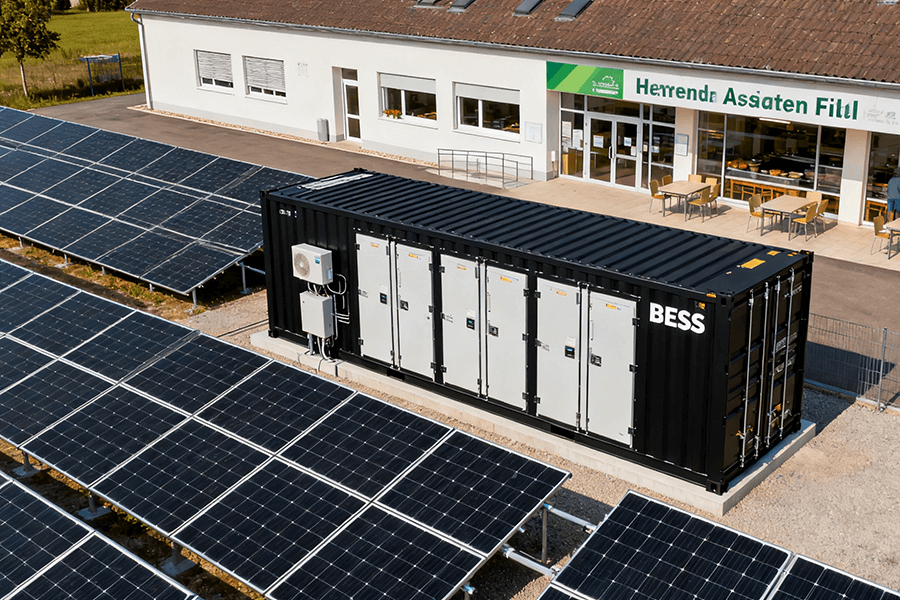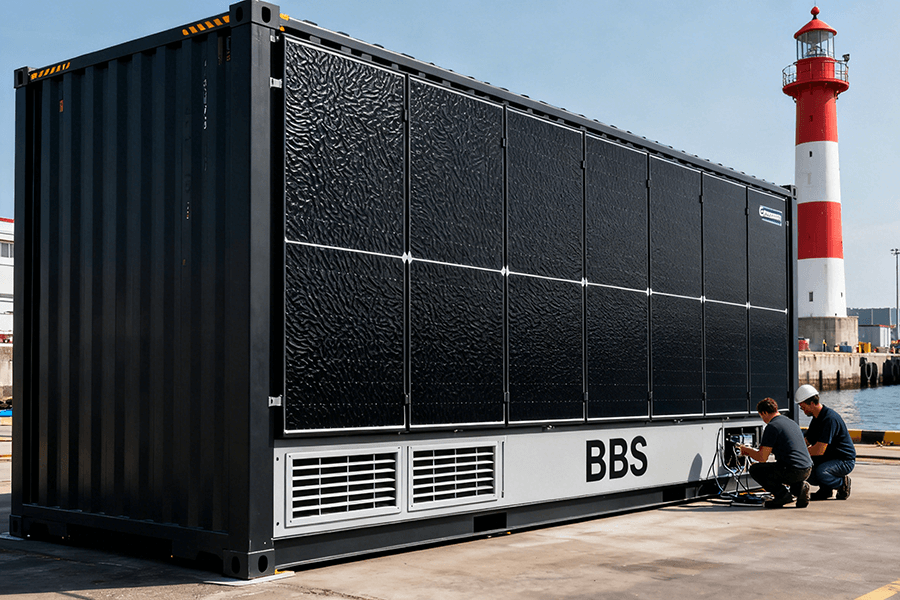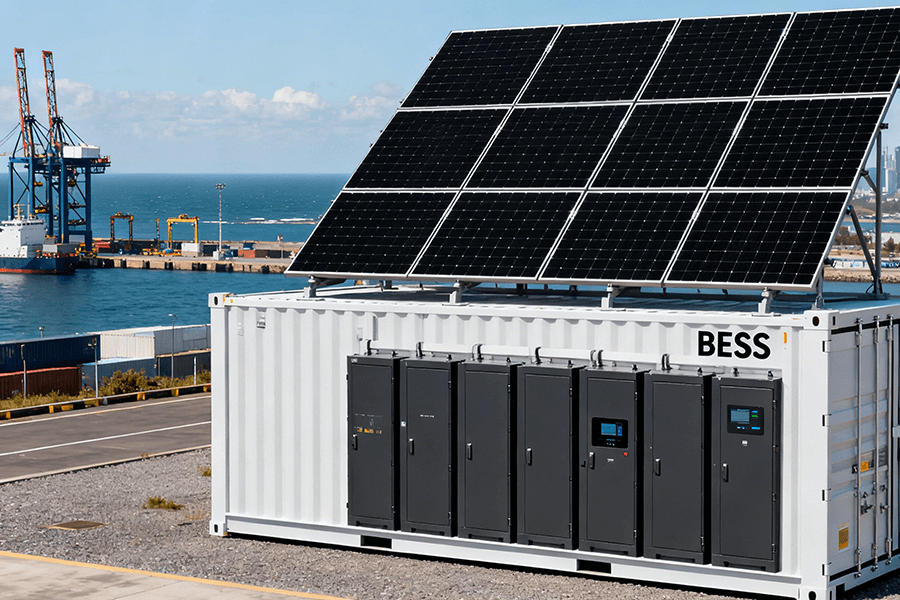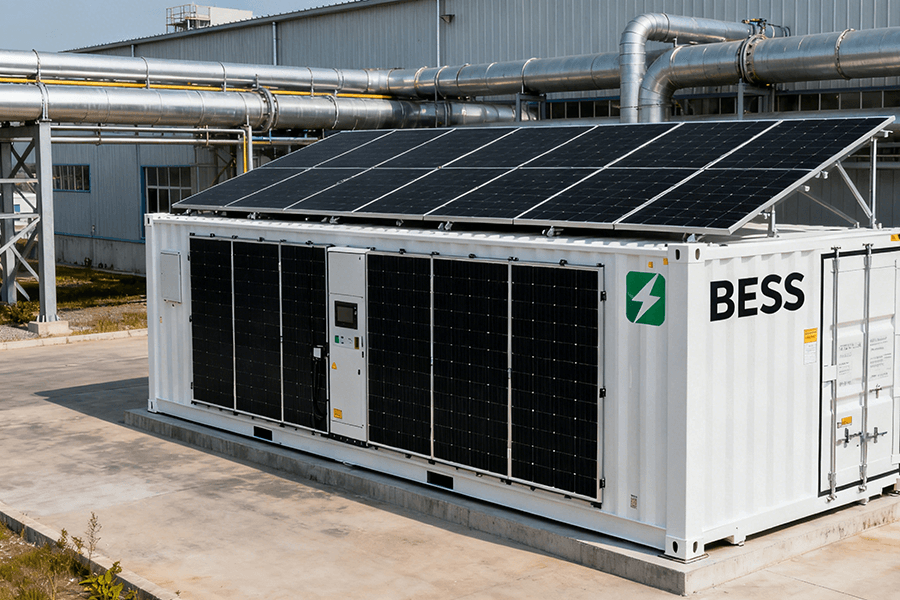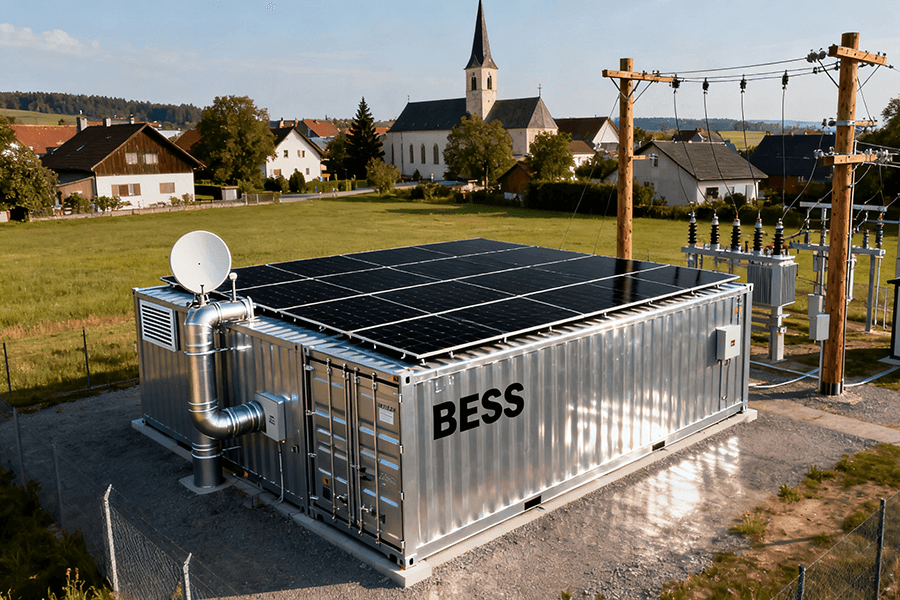
Europe’s Grid Imbalance Nightmare
Imagine your grid as a three-legged stool. If one leg (phase) carries 70% of the weight while the others lounge, the whole thing wobbles—and eventually crashes. That’s three-phase unbalance, and Europe’s grids are teetering:
- EU standards demand unbalance stay ≤2% , but a whopping 30% of residential grids blow past 5% .
- The cost? A cool €3 billion annually in transformer damage and energy losses .
- Even scarier: 40% of European distribution transformer failures trace back to unbalance .
Traditional balancers? They’re the grid equivalent of a flip phone in 2025—fixed, slow, and useless when loads shift (looking at you, EV charging rushes). Enter BESS containers: portable, real-time problem-solvers that adjust faster than a barista makes an espresso .
How BESS Containers Fix Grid Imbalance (Spoiler: They’re Fast)
BESS containers don’t just store energy—they’re grid acupuncturists, redirecting power to unblock imbalanced phases. Here’s how they do it:
Phase-Shifting Inverters: The Grid’s Speed Demons
At the heart of every BESS container are phase-shifting inverters—devices that shuffle power between phases in ≤100ms (faster than you can say “blackout”). They turn a lopsided grid into a well-oiled machine, slashing unbalance to ≤1%.
Take a German residential grid case: A 500kWh BESS container tamed unbalance from 7% to 1.5%—adding 5 years to the transformer’s lifespan . That’s like giving your old car a turbo boost and a new lease on life.
Distributed Balancing for EV-Crazy Suburbs
Suburbs are ground zero for imbalance, thanks to EV chargers (single-phase power hogs). Small-scale BESS containers (200kWh–400kWh) are the perfect fix—deployed like mini grid doctors across neighborhoods.
Look at Utrecht’s Nieuwegein suburb (35% EV adoption): Local operator Stedin installed 4 BESS containers, and the results speak for themselves :
|
Metric
|
Before BESS
|
After BESS
|
Improvement
|
|
Monthly Voltage Complaints
|
42
|
13
|
70% reduction
|
|
EV Charger Downtime
|
12 hrs/week
|
2 hrs/week
|
83% reduction
|
|
Transformer Overheating Incidents
|
15/quarter
|
3/quarter
|
80% reduction
|
As Stedin’s Grid Director Jan Visser put it: “Distributed BESS turns our grid from a one-lane road into a multi-lane highway for EVs” .
Economic & Operational Wins: BESS Saves (and Makes) Money
BESS containers aren’t just heroes—they’re cash cows. Let’s crunch the numbers:
Cheaper Than Traditional Balancers (By a Lot)
Traditional fixed balancers are money pits: They need constant reconfiguration (hello, labor costs) and only do one job. BESS containers? They’re multi-taskers that cost 35% less over 10 years .
Case in point: A Madrid suburban grid swapped traditional balancers for BESS at 3 substations—saving €180,000 upfront . That’s enough to buy 18,000 lattes (or fund more grid upgrades).
Dual Revenue Streams: Balance + Peak Shaving = Profit
BESS containers wear two hats: They fix imbalance and shave peak demand (selling stored energy when prices spike). It’s like having a side hustle for your grid.
Belgian operator in Antwerp: One BESS container earns €12,000/year from phase balancing and €10,000/year from peak shaving . Dutch operators average even more—€43,000/year per container . Not bad for a steel box full of batteries.
Why Maxbo Solar’s BESS Containers Lead the Pack
At Maxbo Solar, we don’t just build BESS containers—we build grid superheroes tailored for Europe. Here’s why we’re the go-to choice:
- Weather-Tough Design: Our containers handle Lapland’s -30°C winters and Spain’s scorching summers—no excuses, no downtime .
- Lightning-Fast Response: Our phase-shifting inverters adjust power in <100ms—faster than gas plants (200ms lag!) and perfect for real-time balance .
- Proven Results: We helped a Rotterdam suburb (30% EV adoption) cut voltage complaints by 72% with 4x150kWh containers—beating the industry average .
- Dual-Service Ready: Every Maxbo BESS comes prepped for phase balancing and peak shaving—so you save money while making money.
We’re not just selling containers—we’re building Europe’s grid future. Check us out at www.maxbo-solar.com to see how we can fix your imbalance woes.
Conclusion: The Future of Balanced Grids
BESS containers are more than a trend—they’re the backbone of Europe’s grid modernization. With EV adoption rising and renewables booming, these portable power wizards are the only way to keep grids balanced, efficient, and affordable.
The forecast? By 2035, BESS containers will handle 45% of EU residential grid three-phase unbalance mitigation . Traditional balancers? They’ll be relics in grid museums.
For Europe’s grids, the message is clear: Balance isn’t optional—and BESS containers are the solution.

